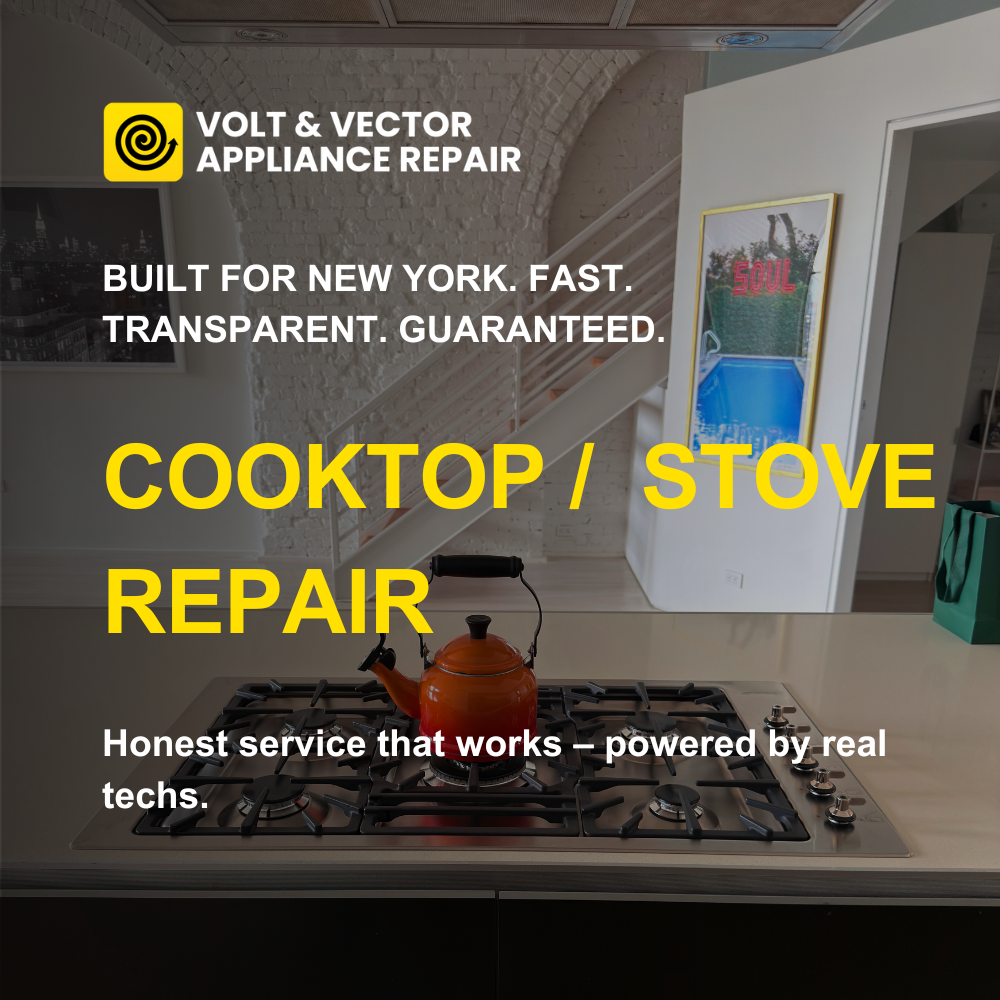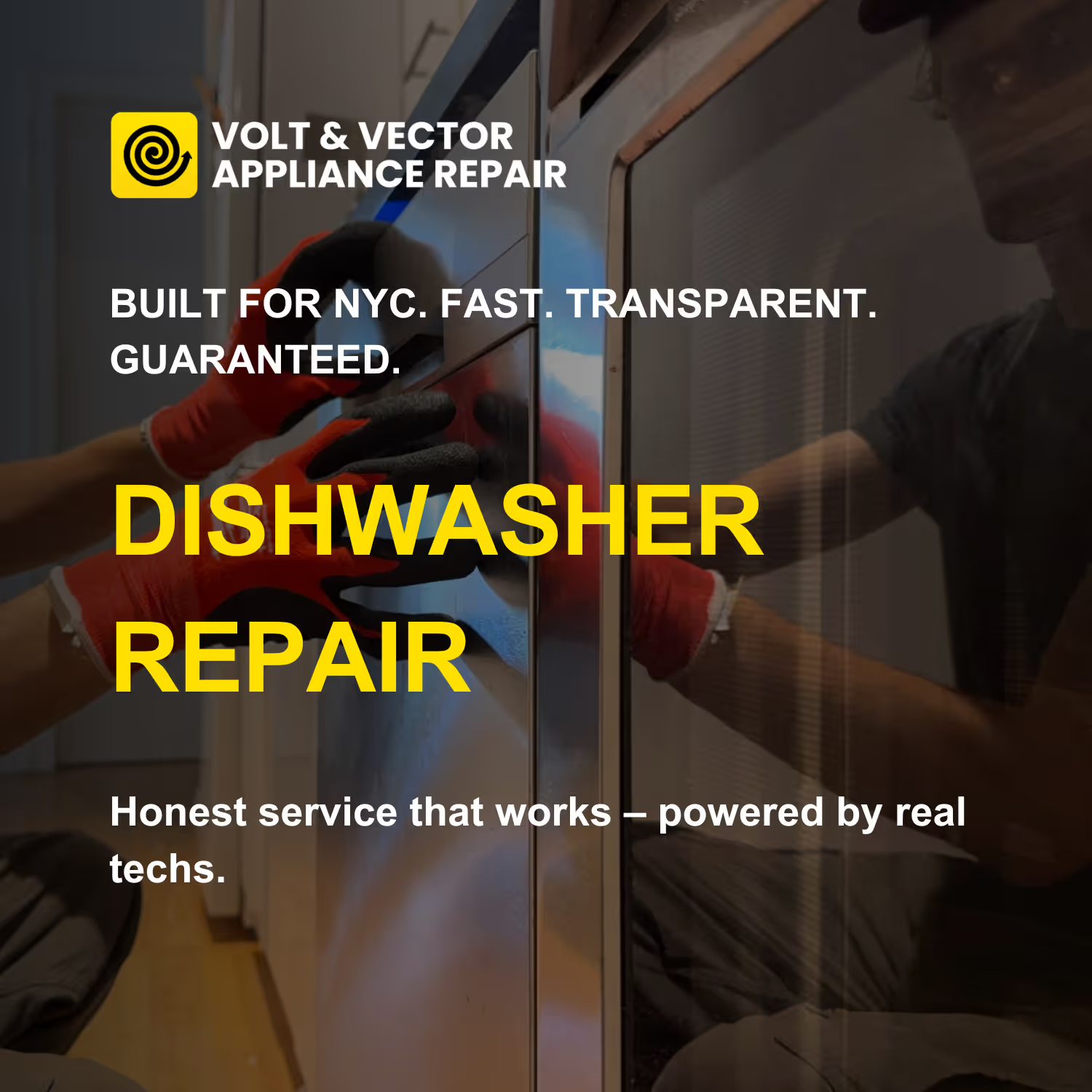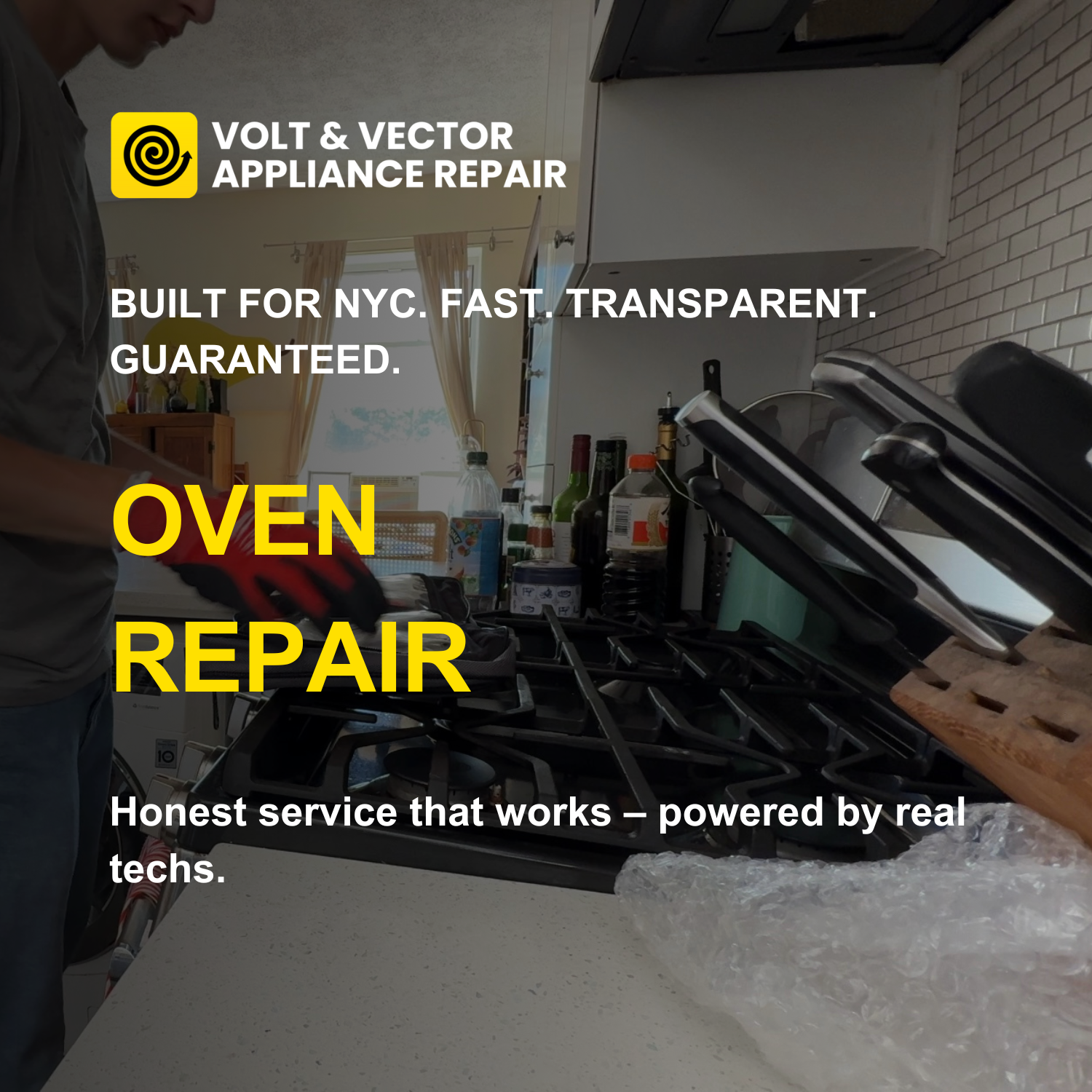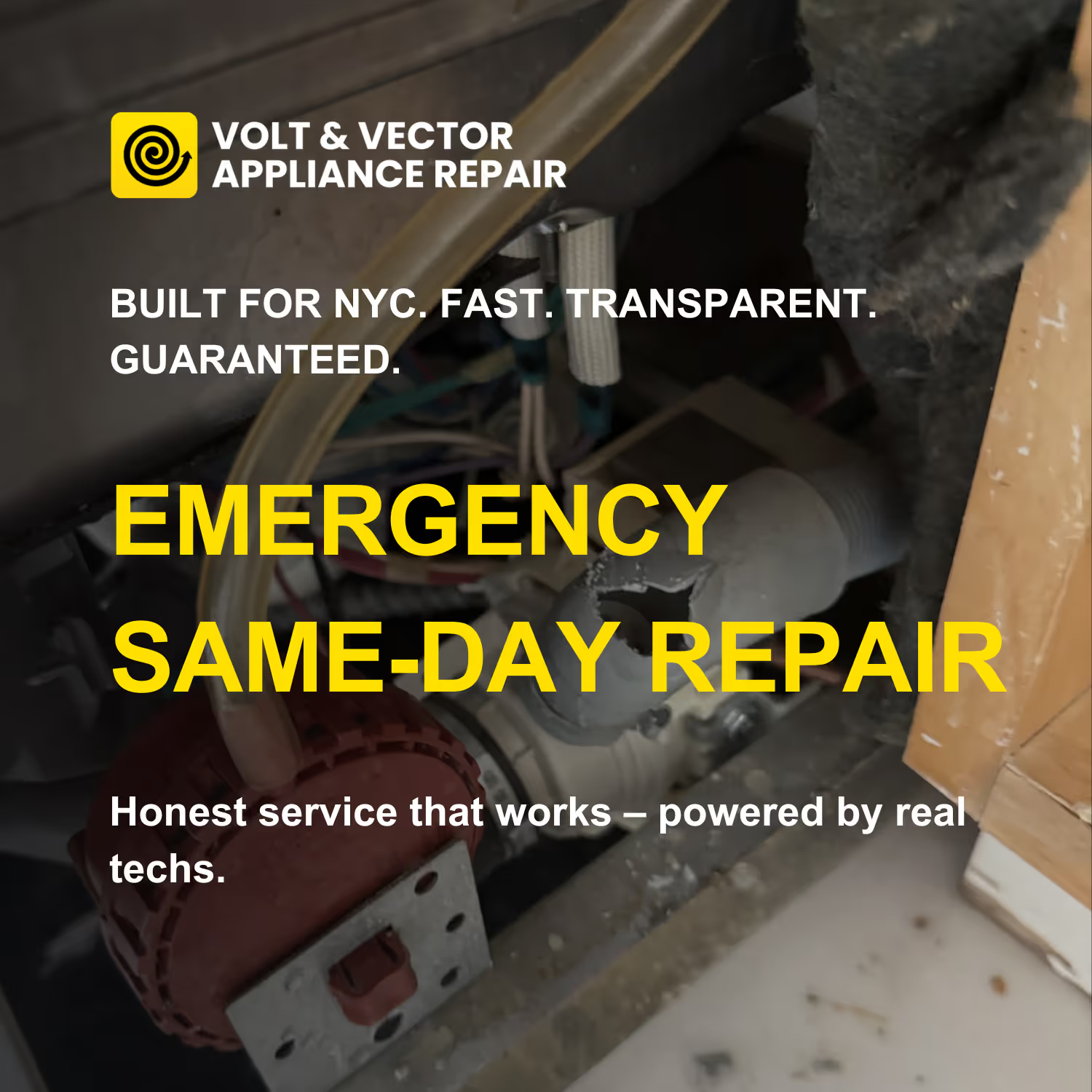ZIP coverage — Brooklyn, Manhattan & select Queens
Use the ZIP code checker to see if we can come out to your building. If your ZIP is listed, we can usually offer same-day or next-day appliance repair, depending on parts and schedule. If your ZIP code is outside our current service area, you can still reach out — in some cases we may be able to help, or recommend a trusted partner nearby.
Book your same-day Bosch Range repair service across Brooklyn & Manhattan. Our experts are ready to help.
Dealing with a malfunctioning Bosch Range can cause significant disruption in your daily routine. From meal preparations to family gatherings, when your range isn’t working right, it can feel overwhelming.
At Volt & Vector, we specialize in diagnosing and fixing Bosch Range issues across Brooklyn and Manhattan. Our expert technicians are equipped to handle everything from stubborn burners to unexpected leaks, ensuring you can get back to cooking without stress.
Our $99 diagnostic fee is credited toward any necessary repairs, and we back our work with a 180-day warranty for your peace of mind.
Pro Tips for Maintaining Your Bosch Range
1. Regularly Clean the Burners: To prevent uneven heating or failure to ignite, make sure to clean the burner caps and bases after each use. Remove any food debris and ensure that the burner ports are clear to maintain optimal performance.
2. Check and Replace Power Cords: Inspect the power cord for any signs of wear or damage regularly. If you notice fraying or any issues, replace it immediately to prevent electrical failures or fire hazards.
3. Inspect for Gas Leaks: Conduct a gas leak test monthly by applying soapy water to the connections. Look for bubbles forming, which indicates a leak. Address any detected leaks promptly and ensure all connections are tight.
4. Calibrating Temperature Settings: Over time, the temperature settings may drift. Periodically check the oven's actual temperature with an oven thermometer and recalibrate if necessary to ensure accurate cooking results.
Frequently Asked Questions
Q: What does E100 mean?
A: E100 indicates that the control module is experiencing internal errors, often due to a faulty part or overheating. A reset may resolve this issue, but further inspection might be necessary.
Q: What should I do if my Bosch Range is leaking?
A: If your Bosch Range is leaking, it may be due to faulty seals or connections. Addressing these promptly can prevent further damage and is crucial for safety.
Q: What does E302 mean?
A: E302 signifies that the control module is overheating, which could be caused by blocked ventilation or excessive use. Allow it to cool down and check for ventilation blockages.
Q: What can cause my range to not turn on?
A: If your range isn't turning on, common causes may include power issues or control failures. Consider the $99 diagnostic fee to identify the exact problem.
Experience expert Bosch Range repair across Brooklyn & Manhattan. Our dedicated team handles common issues like leaking and burner problems. With a $99 diagnostic fee (credited to repair) and a 180-day warranty, we ensure peace of mind in your kitchen.
Expert Advice: Repair or Replace?
Repairing your Bosch Range is often the best option if the appliance is not excessively old and if the issues involve common part failures. Many repairs can be resolved easily and affordably, saving you the costs related to replacement.
Replacement may be necessary if your range is over a decade old or if you experience repeated failures. Key indicators include:
- Age beyond 10-15 years
- Frequent breakdowns
- Availability of OEM parts
- Plans for a kitchen remodel
Understanding Bosch Error Codes
Code E100: The control module is experiencing internal errors.
Possible Causes:
- Faulty control module.
- Overheating of the control module.
- Communication error within the system.
User Actions:
- Turn off the range and unplug it for a few minutes before restarting.
- Ensure that the range is in a well-ventilated area to prevent overheating.
- Check for loose or damaged wiring connected to the range.
Code E215: The door latch for cavity 2 is not unlocking.
Possible Causes:
- High temperature inside the cavity.
- Faulty door latch mechanism.
- Electrical issue preventing latch release.
User Actions:
- Check the temperature of the oven and allow it to cool if it's too hot.
- Inspect the door latch for any visible damage.
- Try resetting the oven by turning it off and on again.
Code E223: The meat probe sensor is experiencing temperature issues.
Possible Causes:
- Meat probe is defective.
- Improper connection of the meat probe.
- Extreme temperature variations affecting sensor readings.
User Actions:
- Ensure the meat probe is properly inserted and connected.
- Check the probe for any visible signs of damage.
- Test the range without the meat probe to see if errors persist.
Code E302: The control module is too hot.
Possible Causes:
- Overheating due to blocked ventilation.
- Faulty temperature control sensor.
- Excessive use of the appliance without breaks.
User Actions:
- Turn off the range and allow it to cool down.
- Ensure that vents are clear of dust and debris.
- Reduce the usage time and allow for breaks during cooking.
Common Bosch Range Problems We Service
Not heating properly
Burner issues
Range not turning on
Gas leaking
Control panel not responding
Burner
Power
Leaking

.avif)




.avif)
.avif)
.avif)

.avif)
.avif)
